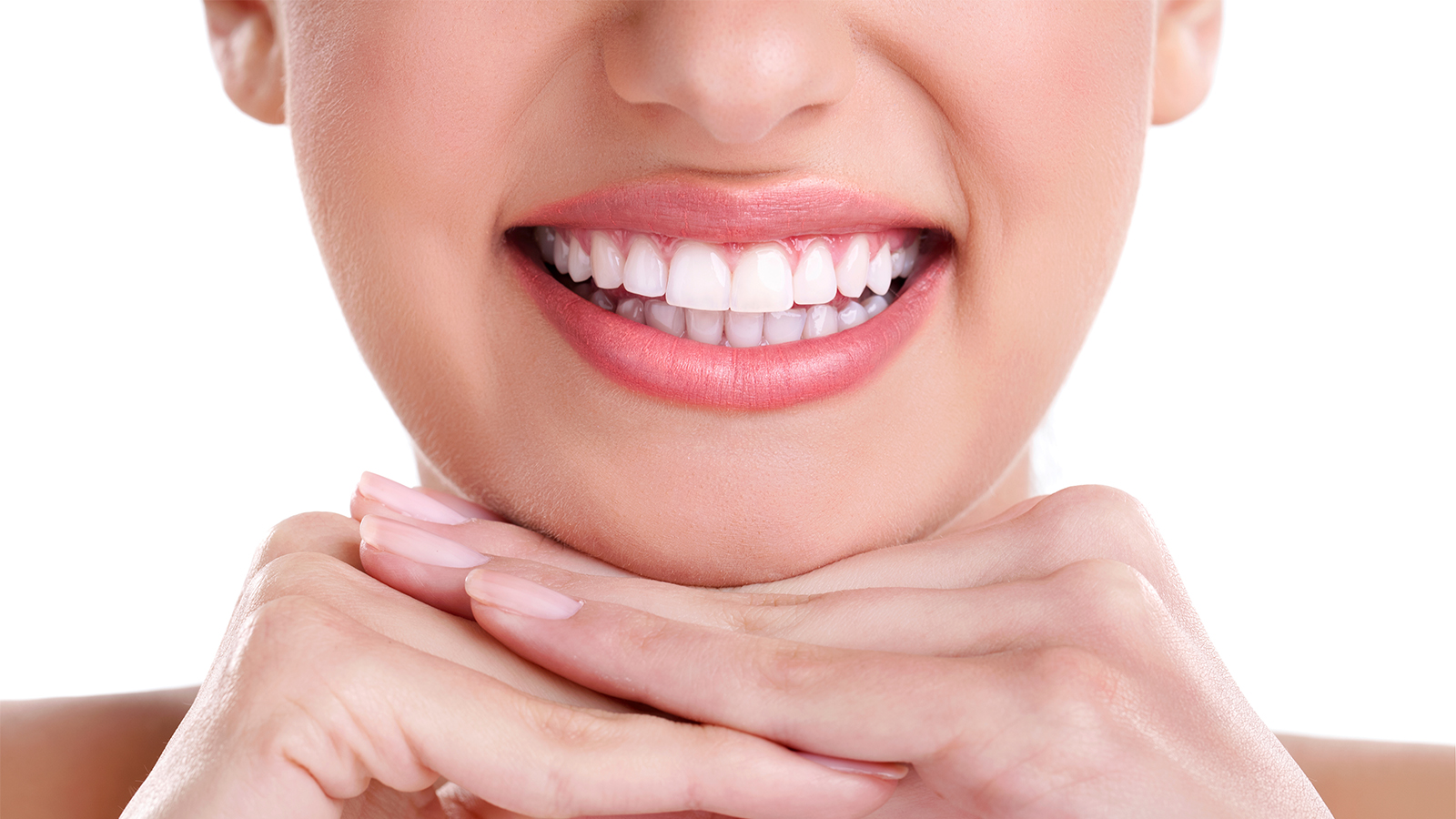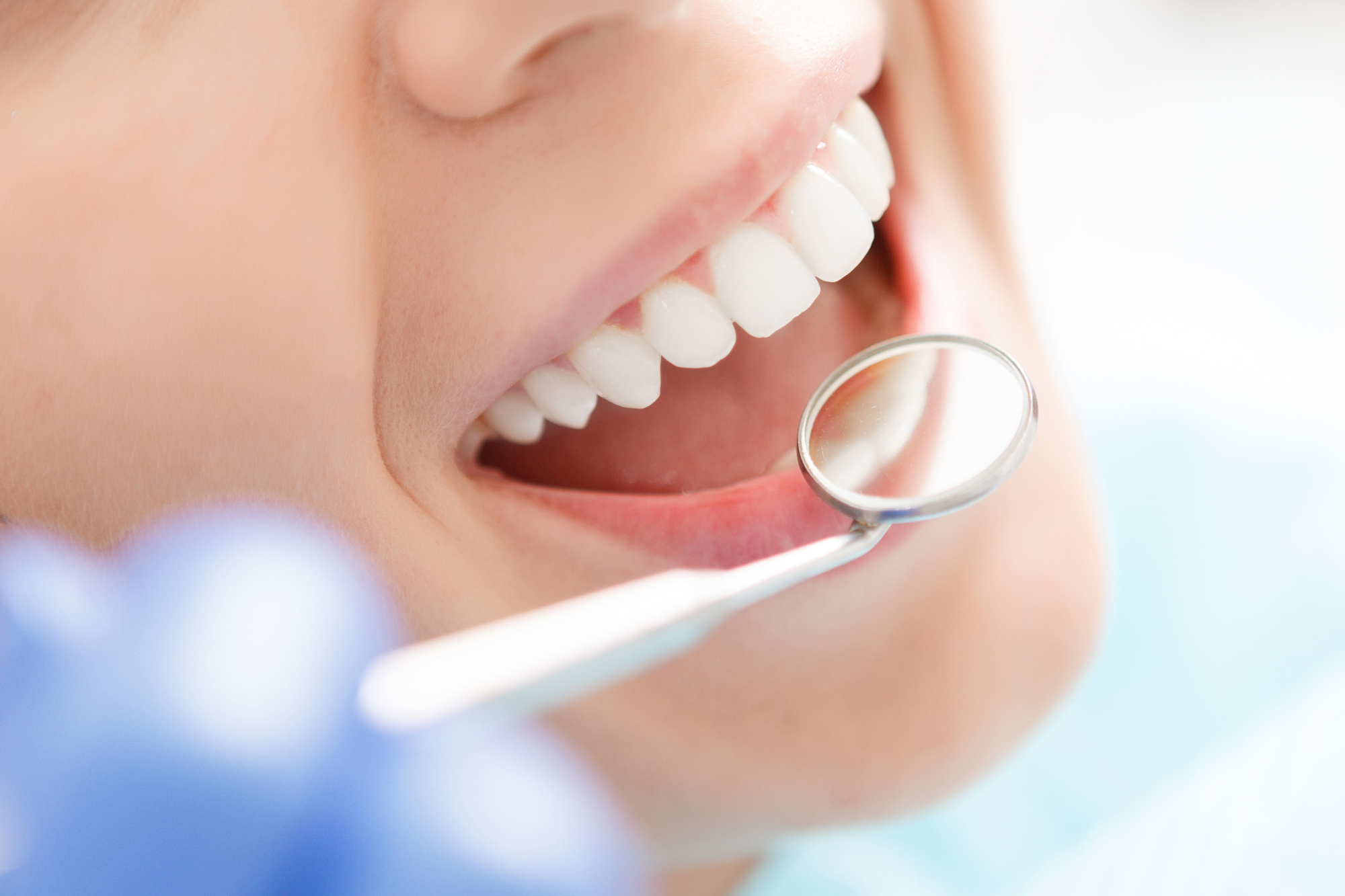
Teeth whitening has become one of the most sought-after cosmetic dental treatments in recent years. With the rise of social media and the emphasis on aesthetic appearance, a bright smile has grown into an essential aspect of personal image. In Australia, teeth whitening is not only a booming industry but also a common practice among individuals seeking to enhance their smile. However, before considering any teeth whitening treatment, it’s vital to understand both the potential benefits and inherent risks associated with these procedures.
What Is Teeth Whitening?
Teeth whitening, or teeth bleaching, is a dental procedure designed to remove stains and discolouration from teeth, resulting in a brighter and whiter appearance. There are several approaches to teeth whitening, ranging from over-the-counter products to professional dental treatments. These methods generally involve the application of whitening agents, such as hydrogen peroxide or carbamide peroxide, which break down stains and lighten the colour of the teeth.
Professional teeth whitening treatments are typically conducted by a licensed dentist or dental hygienist in a clinical setting. These treatments often involve a stronger concentration of whitening agents and may include additional technologies like laser or light-activated systems to accelerate the whitening process. On the other hand, over-the-counter products, like whitening toothpaste, strips, gels, and trays, are available for at-home use and contain lower concentrations of whitening agents.
While each approach offers different benefits, the common goal is to achieve a whiter and more aesthetically pleasing smile. Nonetheless, it is important to choose the right method and follow guidelines to ensure safety and effectiveness.
Common Causes of Tooth Discolouration
Teeth discolouration can result from a variety of factors, some of which are within our control, while others are influenced by external elements or genetics. Understanding these causes can help you make informed decisions about teeth whitening treatments.
- Intrinsic Stains: These are internal discolouration that occur within the tooth structure itself. They can result from certain medications, excessive fluoride exposure during childhood, tooth decay, or trauma to the tooth. Intrinsic stains are generally more challenging to remove and often require professional teeth whitening or other dental procedures.
- Extrinsic Stains: These occur on the outer surface of the teeth and are typically caused by lifestyle factors such as smoking, coffee, tea, red wine, or other staining foods and beverages. Extrinsic stains are generally easier to remove and often respond well to over-the-counter teeth whitening products or professional cleanings.
- Ageing: As we age, our teeth naturally tend to darken and become more discoloured. This is due to a combination of enamel thinning, exposing the darker dentine underneath, and a lifetime of exposure to staining agents. Teeth whitening treatments can help counteract the effects of ageing, but they may not be as effective for severe discolouration.
- Poor Oral Hygiene: Neglecting proper dental care can lead to a build-up of plaque and tartar, which can contribute to tooth discolouration. Regular brushing, flossing, and professional cleanings can help maintain a brighter smile and reduce the need for extensive teeth whitening treatments.
Benefits of Teeth Whitening
Teeth whitening offers a range of benefits that go beyond just improving the aesthetic appearance of your smile. A whiter smile can boost self-confidence, enhance social interactions, and even impact professional opportunities. Here are some of the key benefits associated with teeth whitening:
- Improved Aesthetic Appeal: A brighter smile is often associated with youthfulness, health, and vitality. Teeth whitening can help you achieve a more attractive appearance, which can positively influence how others perceive you.
- Boosted Self-Confidence: A brighter smile can lead to increased self-confidence and self-esteem. People who are happy with their smiles are often more likely to engage in social activities, network, and pursue new opportunities.
- Enhanced Social and Professional Interactions: A white smile can make a significant difference in social and professional settings. It can improve first impressions, make you appear more approachable, and even affect career prospects in industries where appearance plays a role.
- Relatively Quick and Non-Invasive: Compared to other cosmetic dental procedures, teeth whitening is relatively quick and non-invasive. Professional treatments can often be completed within a single visit, while at-home products allow for flexibility in terms of timing and convenience.
Despite these benefits, it’s crucial to consider the risks and side effects that may accompany teeth whitening treatments. Understanding these factors will help you make informed decisions and select the most suitable method for your needs.
Types of Teeth Whitening Treatments
There are several types of teeth whitening treatments available, each with its own advantages and considerations. Choosing the right treatment depends on factors such as the degree of discolouration, budget, time, and desired results. Here’s a breakdown of the most common types of teeth whitening treatments:
- Professional In-Office Treatments: These are performed by licensed dentists or dental hygienists in a clinical setting. They typically involve a higher concentration of whitening agents and may use additional technologies like laser or light-activated systems to accelerate the whitening process. In-office treatments are generally the most effective and can deliver noticeable results in a single session.
- At-Home Whitening Kits: These kits contain whitening gels or trays with a lower concentration of whitening agents than professional treatments. They are designed for at-home use and typically require consistent application over a period of days or weeks to achieve desired results. At-home kits are a cost-effective option for those seeking moderate whitening.
- Whitening Strips and Gels: These are over-the-counter products that can be purchased from pharmacies or supermarkets. They are applied directly to the teeth and typically contain a lower concentration of whitening agents. Whitening strips and gels are easy to use and offer a convenient option for those who prefer to whiten their teeth at home.
- Whitening Toothpaste and Rinses: Most of these products contain heavy abrasives and whitening agents that help remove surface stains with regular use by removing outer layers of your stained enamel, leaving the whiter enamel under more visible. However, over time the enamel will thin and be lost, showing through to the more yellow and softer dentine underneath. This will cause irreversible damage to your teeth and is not recommended by dentists. Make sure to consult with your dentist before considering to use one of these products.
When considering teeth whitening treatments, it’s crucial to consult with a dental professional to determine the most appropriate option for your needs. Additionally, understanding the potential risks and side effects is essential to ensure a safe and successful outcome.
Safety of Teeth Whitening Treatments
Safety is a key concern when it comes to teeth whitening treatments. While many people are eager to achieve a brighter smile, it’s important to understand the potential risks and how to minimise them. In Australia, dental professionals follow stringent guidelines to ensure the safety of teeth whitening procedures, whether they are performed in a dental clinic or at home with over-the-counter products.
- Professional Supervision: One of the safest approaches to teeth whitening is to have it done under the supervision of a licensed dentist or dental hygienist. These professionals can assess your oral health, identify any issues that might affect the safety or effectiveness of the treatment, and recommend the best approach for your needs. They can also monitor the concentration of whitening agents to prevent excessive use and ensure proper application.
- Follow the Instructions: When using over-the-counter whitening products, it’s crucial to follow the instructions provided by the manufacturer. These guidelines are designed to minimise risks and ensure optimal results. Overuse of whitening products or incorrect application can lead to adverse effects, such as tooth sensitivity or gum irritation.
- Avoid Overuse: Teeth whitening treatments should not be used excessively. Overuse can damage the enamel, leading to increased tooth sensitivity and other complications. The Australian Dental Association (ADA) advises against using high concentration whitening agents without professional supervision and recommends following a conservative approach to teeth whitening.
- Use Approved Products: Always ensure that the whitening products you use are approved by relevant regulatory bodies, such as the Therapeutic Goods Administration (TGA). This helps guarantee that the products meet safety and efficacy standards. Avoid unregulated products, especially those sold online, as they may contain harmful substances or incorrect concentrations of whitening agents.
Risks and Side Effects of Teeth Whitening
Teeth whitening treatments, while generally safe when used correctly, can come with certain risks and side effects. It’s essential to be aware of these potential issues before undergoing any teeth whitening procedure. Here are some of the most common risks and side effects:
- Tooth Sensitivity: This is one of the most common side effects of teeth whitening. It occurs when the whitening agents penetrate the enamel and irritate the underlying dentine or nerves. Sensitivity can range from mild discomfort to intense pain when consuming hot, cold, or sweet foods and drinks. To minimise sensitivity, consider using desensitising toothpaste or consulting a dentist for guidance.
- Gum Irritation: Whitening agents can sometimes come into contact with the gums, causing irritation or chemical burns. This can happen if the whitening trays don’t fit properly, or if the product is applied incorrectly. Professional treatments often include protective barriers to shield the gums from exposure to whitening agents.
- Enamel Damage: Excessive use of teeth whitening treatments or using products with high concentrations of bleaching agents can lead to enamel damage. This can weaken the teeth and make them more susceptible to decay and sensitivity. To avoid enamel damage, follow the recommended treatment guidelines and avoid overuse.
- Uneven Whitening: Does not typically occur in unfilled teeth as the peroxide moves through the tooth even if covered by a protective barrier or orthodontic attachment. Restorations, however, will not lighten so if these are matched to a darker shade they may become more noticeable with whitening.
It’s important to note that not everyone is a suitable candidate for teeth whitening treatments. Individuals with dental conditions such as cavities, gum disease, or exposed tooth roots should avoid whitening until these issues are resolved. Pregnant or breastfeeding women should also exercise caution and consult their healthcare provider before using teeth whitening products.
How to Maintain Whitened Teeth
After undergoing teeth whitening treatments, maintaining the results requires consistent effort and proper oral care. The longevity of your whitening results depends on several factors, including lifestyle choices and oral hygiene practices. Here are some tips for maintaining whitened teeth:
- Regular Brushing and Flossing: Proper oral hygiene is essential for maintaining a bright smile. Brush your teeth at least twice a day with a fluoride toothpaste and floss daily to remove plaque and prevent discolouration. Consider using a whitening toothpaste to help maintain the effects of your whitening treatment.
- Limit Staining Foods and Drinks: Certain foods and drinks, such as coffee, tea, red wine, and dark-coloured berries, can stain teeth. Limiting your consumption of these substances can help prolong the results of your teeth whitening treatment. When consuming staining beverages, consider using a straw to minimise contact with your teeth.
- Avoid Smoking and Tobacco Products: Smoking and using other tobacco products can lead to significant teeth discolouration. Quitting these habits not only improves your overall health but also helps maintain a brighter smile.
- Regular Dental Check-Ups: Visit your dentist regularly for professional cleanings and check-ups. Dental professionals can remove surface stains and address any oral health issues that could affect the appearance of your teeth. They can also provide guidance on maintaining your whitening results.
- Consider Touch-Up Treatments: Depending on the type of teeth whitening treatment you underwent, touch-up treatments may be necessary to maintain the desired level of whiteness. Your Dentist Brisbane can recommend an appropriate schedule for touch-up treatments based on your individual needs.
Choosing the Right Teeth Whitening Treatment
Selecting the right teeth whitening treatment involves considering several factors, including the degree of discolouration, budget, time constraints, and personal preferences. Here’s a guide to help you choose the most suitable treatment for your needs:
- Consult with a Dental Professional: Before undergoing any teeth whitening treatment, it’s important to consult with a dental professional. They can assess your oral health and recommend the best approach based on your specific situation. This is especially important if you have dental conditions that could affect the safety or effectiveness of the treatment.
- Consider Your Budget: Teeth whitening treatments vary in cost, with professional in-office treatments generally being more expensive than at-home options. Determine your budget and explore the available options within your price range. Remember that professional treatments may offer longer-lasting results and reduced risks.
- Evaluate Your Time Constraints: Some teeth whitening treatments require multiple sessions or consistent use over several weeks. Consider your schedule and choose a treatment that fits your lifestyle. Professional treatments often offer quicker results, while at-home kits may require more time and effort.
- Assess Your Desired Results: Different treatments offer varying levels of whitening. If you have severe discolouration, a professional in-office treatment may be more effective. However, if you have mild to moderate stains, an at-home kit or whitening strips may be sufficient.
Choosing the right treatment is crucial for achieving your desired results while minimising risks and side effects. Consulting a dental professional ensures that you receive personalised advice and guidance.
If you’re considering teeth whitening treatments in Brisbane, Smile Design Dental in Kangaroo Point offers a range of professional services to help you achieve a brighter and healthier smile. Their team of experienced dental professionals can guide you through the process and ensure a safe and successful outcome.
Frequently Asked Questions
- Is teeth whitening safe?
Teeth whitening is generally considered safe when performed by a licensed dental professional or when using approved over-the-counter products as directed. To ensure safety, it’s crucial to follow instructions and avoid overusing whitening agents. Consult with a dentist to determine the most appropriate treatment and to assess any risks based on your oral health.
- What are the common side effects of teeth whitening?
The most common side effects of teeth whitening are tooth sensitivity and gum irritation. Tooth sensitivity can occur when whitening agents penetrate the enamel and irritate the underlying dentine or nerves. Gum irritation can result from contact with whitening agents. These side effects are typically temporary and can be managed with desensitising toothpaste or adjustments to the treatment process. If you experience severe discomfort, consult your dentist.
- How long do teeth whitening results last?
The duration of teeth whitening results varies depending on factors such as lifestyle, oral hygiene, and the type of treatment used. Professional in-office treatments generally offer longer-lasting results, potentially lasting from several months to a year or more. At-home treatments may require more frequent touch-ups to maintain results. To extend the longevity of your whitening results, maintain proper oral hygiene, limit staining foods and drinks, and avoid smoking or using tobacco products.
- Can I whiten my teeth if I have dental restorations or braces?
Teeth whitening treatments do not work on dental restorations such as crowns, veneers, or fillings. This can result in uneven whitening if these restorations are visible when you smile. If you have braces, whitening treatments can still be used as the bleach will move across the tooth structure beneath brackets or attachments.
- Are over-the-counter teeth whitening products effective?
Over-the-counter teeth whitening products, such as whitening strips, gels, can have some limited effect for whitening, though generally the concentration of bleach is too low to make much of a noticeable difference. Whitening toothpastes however, are quite usually quite abrasive and should be avoided without consulting your dentist. To ensure effectiveness and safety, choose products approved by relevant regulatory bodies and follow the provided instructions.
- How often should I whiten my teeth?
The frequency of teeth whitening depends on the type of treatment and individual factors such as oral health and lifestyle. Professional in-office treatments may require touch-ups every 6 to 12 months, while at-home treatments can be used more frequently based on the product’s guidelines. Avoid overusing whitening products, as this can lead to enamel damage and increased tooth sensitivity. It’s best to consult with your dentist to determine an appropriate whitening schedule for your specific needs.
Read More: The Complete Guide to Teeth Whitening
Read More: The Benefits and Risks of Teeth Whitening Treatments





Recent Comments